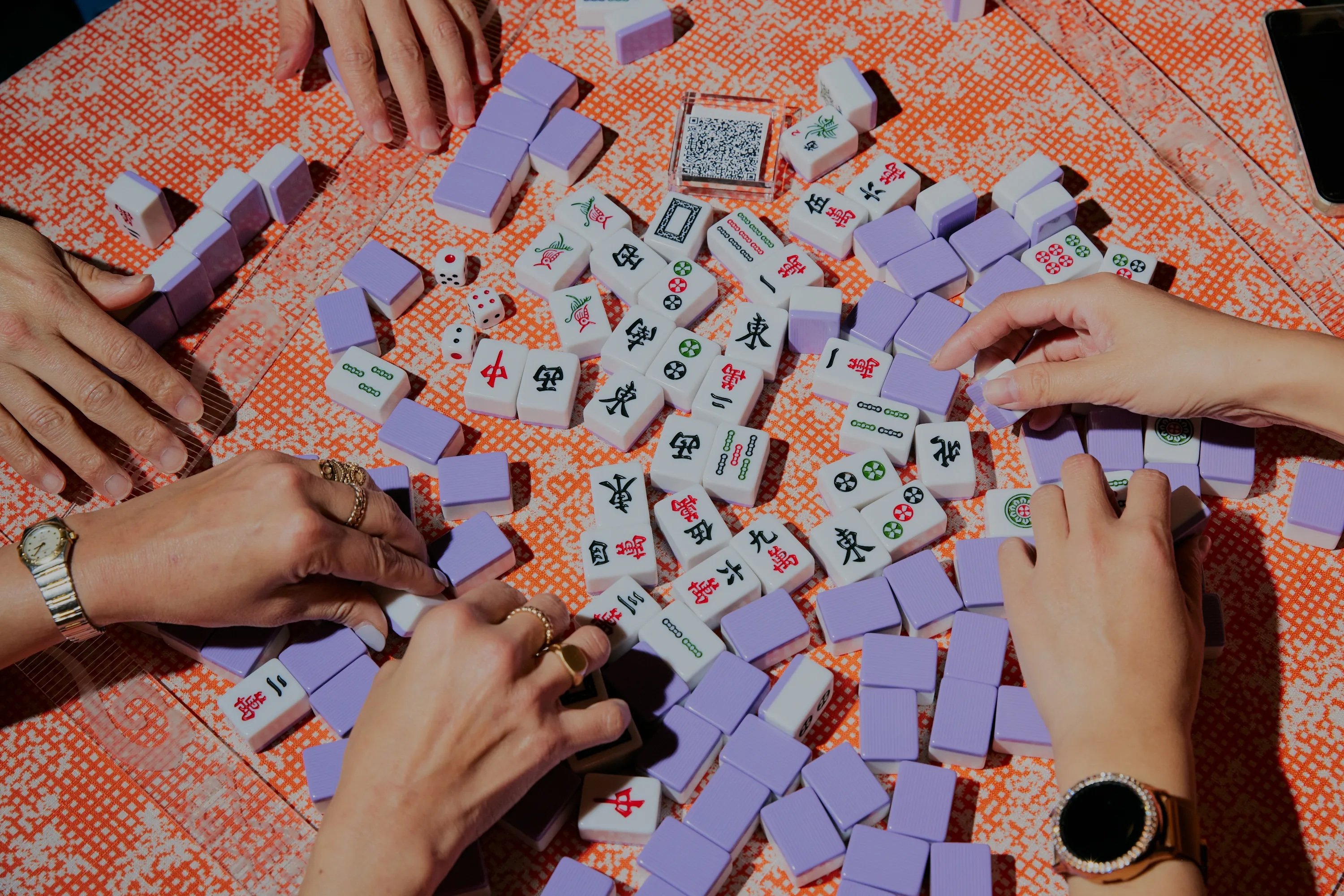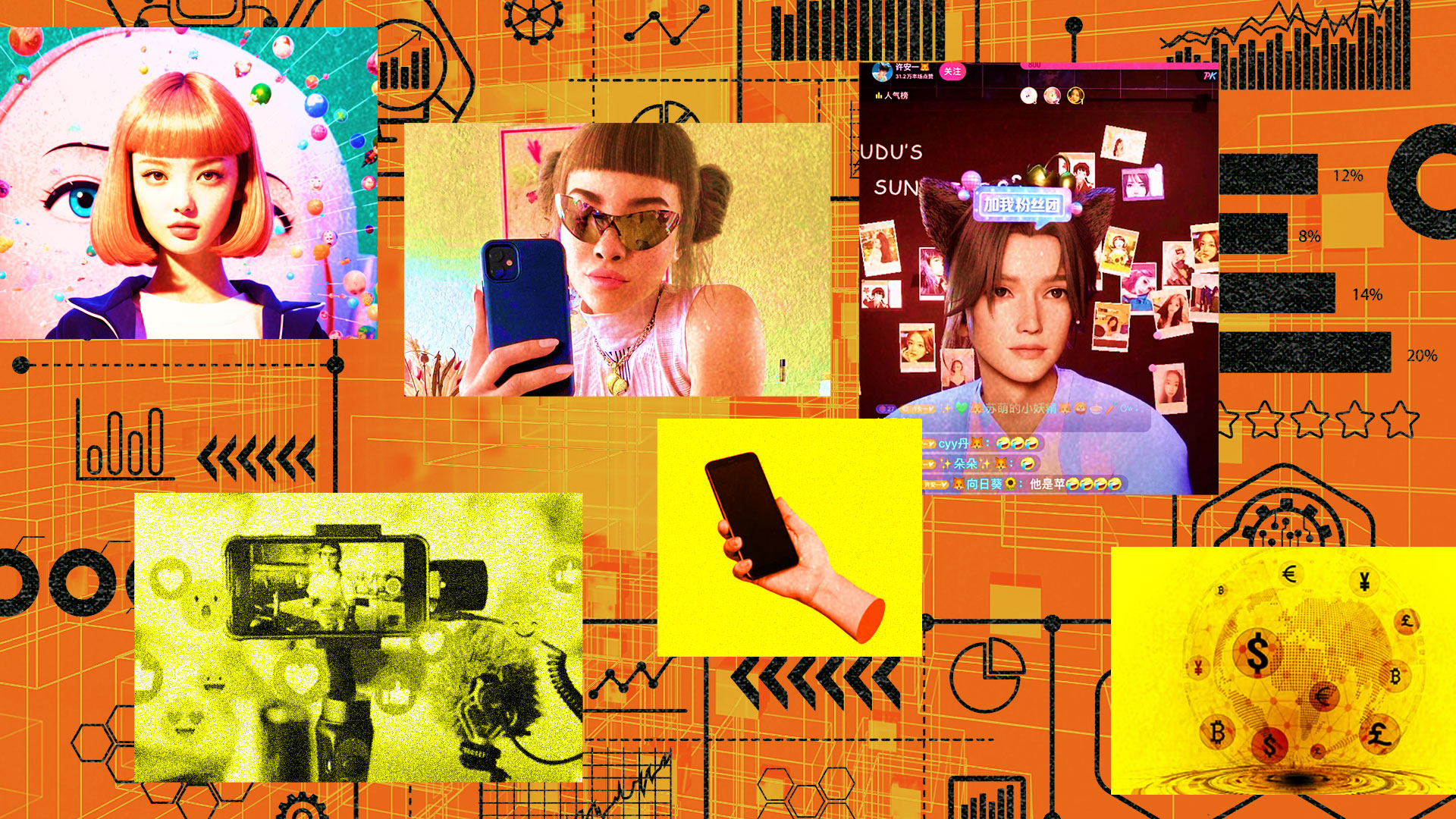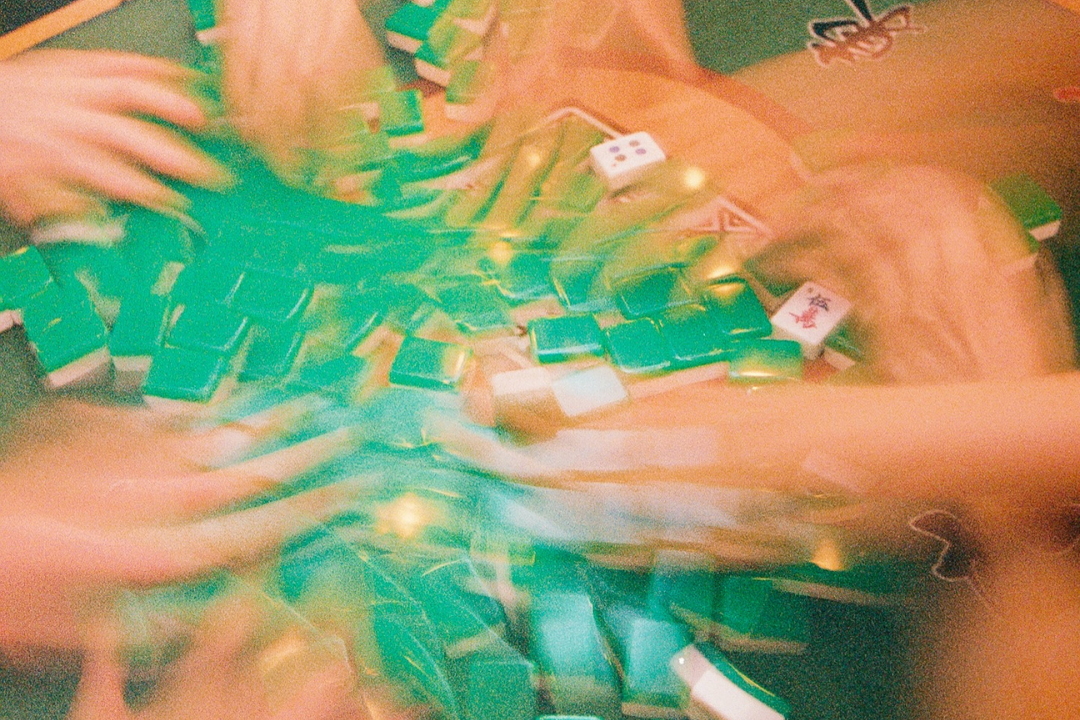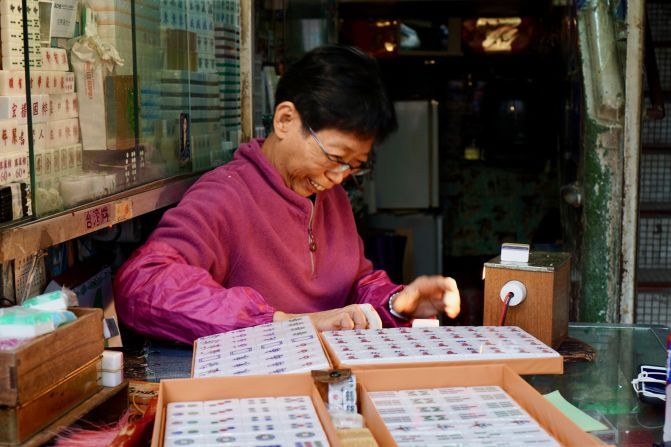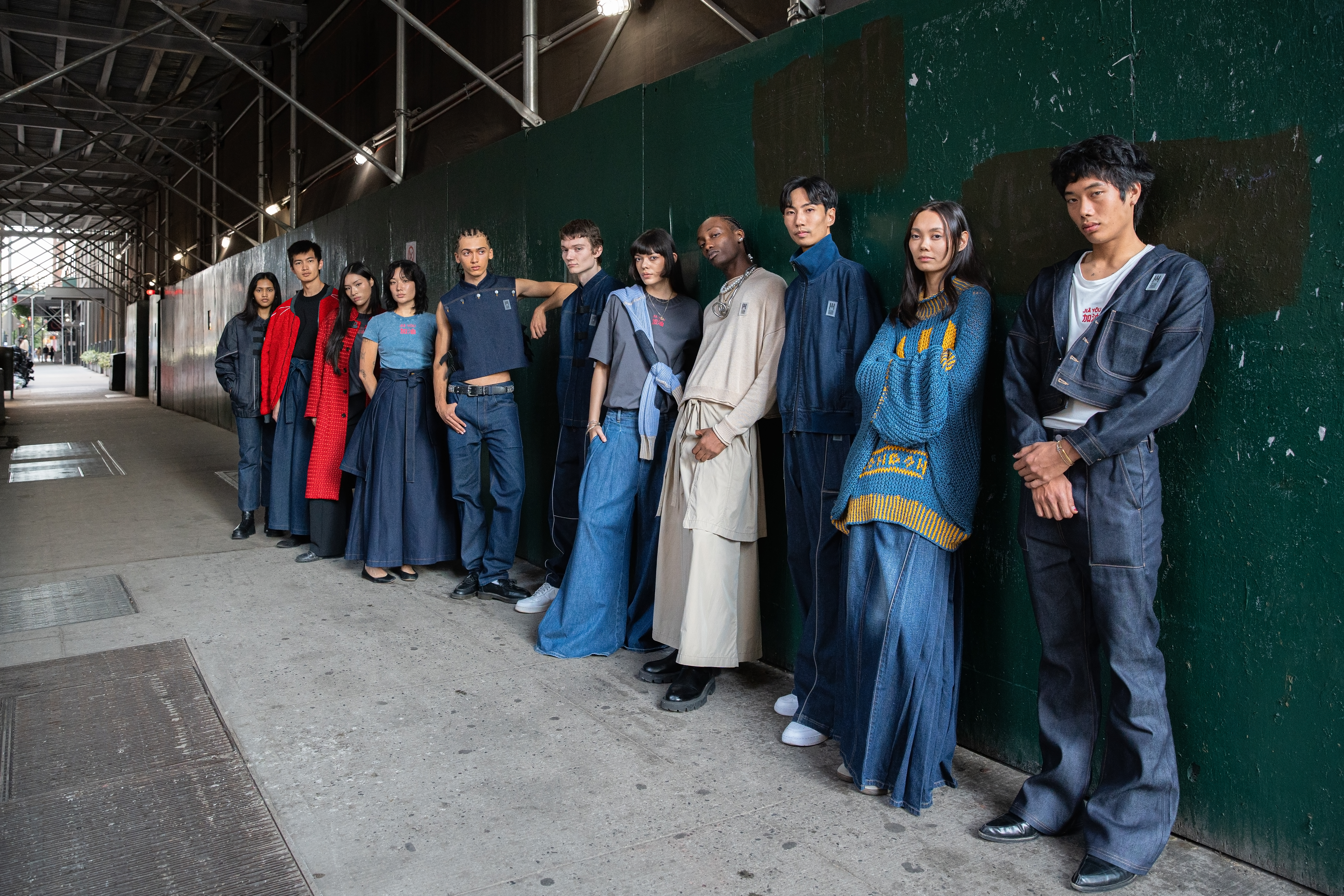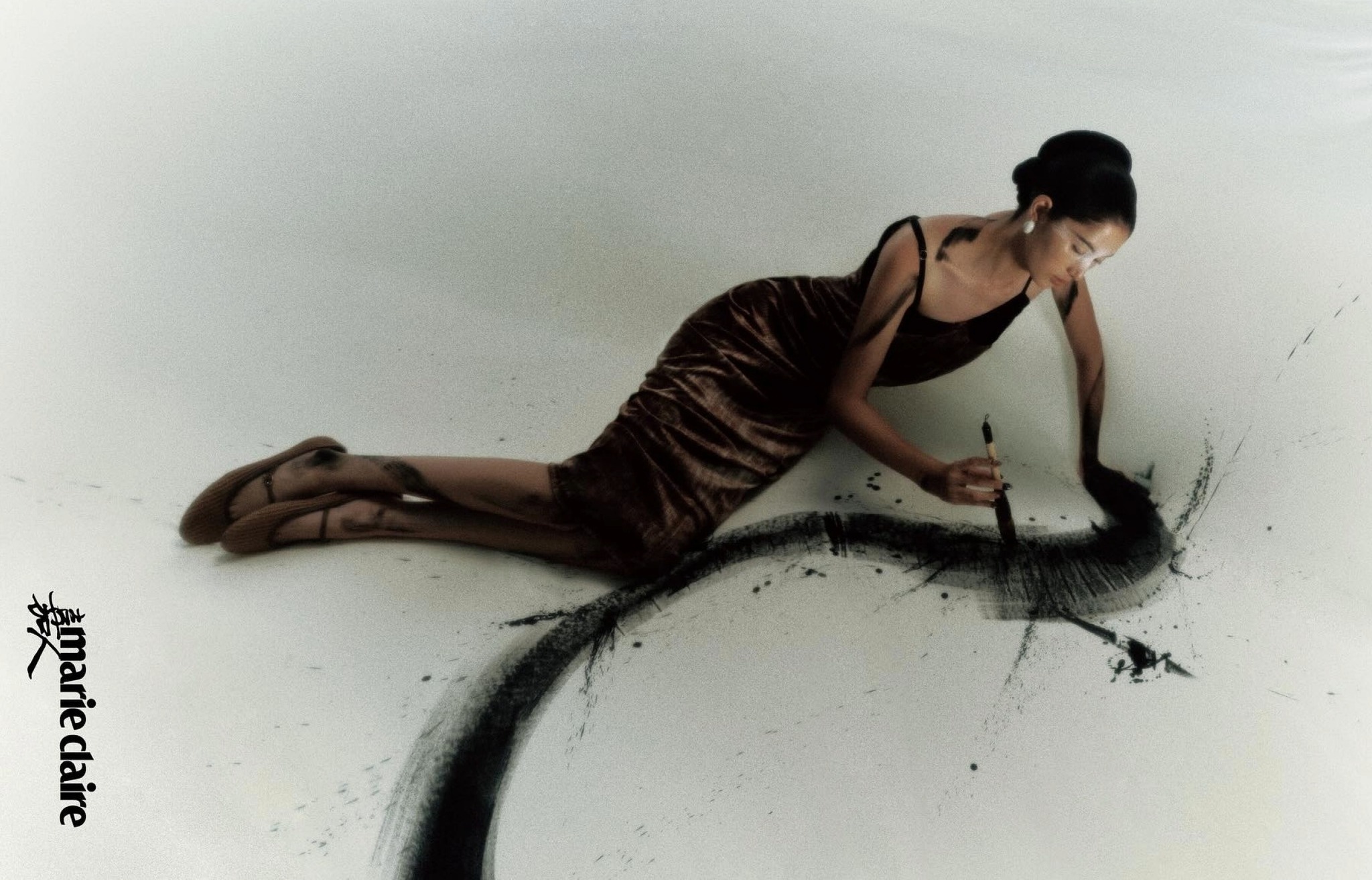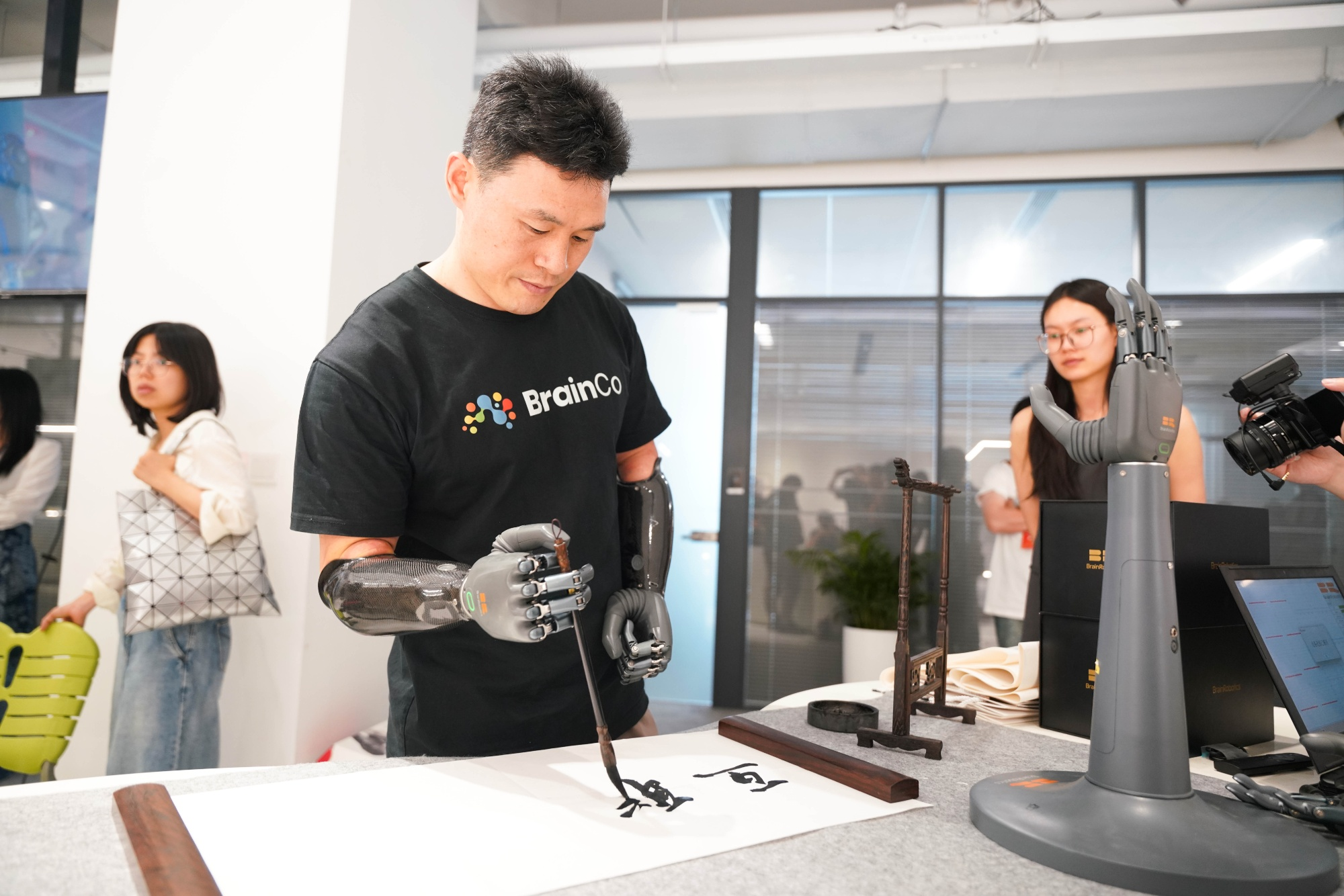Mahjong, a game once associated with an older demographic, is now captivating a new generation from global hubs like New York to Sydney, London, and more. It’s a movement where Gen Z and millennials are embracing the centuries-old game—and we’re all about it. Take, for example, The Green Tile Social Club, founded in 2022 by Sarah Teng, Ernest Chan, Grace Liu, and Joanne Xu, which has blossomed from humble beginnings to organizing large-scale events in Brooklyn warehouses, featuring DJs, sake cocktails, and even mahjong tile tattoos. Similarly, in Los Angeles, there’s Angie Lin’s East Never Loses, and Mahjong Mistress, founded by four female creatives, which provides spaces for the Mahjong curious to connect over the game.
But while that’s all fun and games, for those who haven’t learnt the ins and outs of Mahjong yet, it’s easy to get lost in all the different iconography etched into those fun-to-shuffle tiles. So, let’s go back to the basics of what the artwork actually represents.
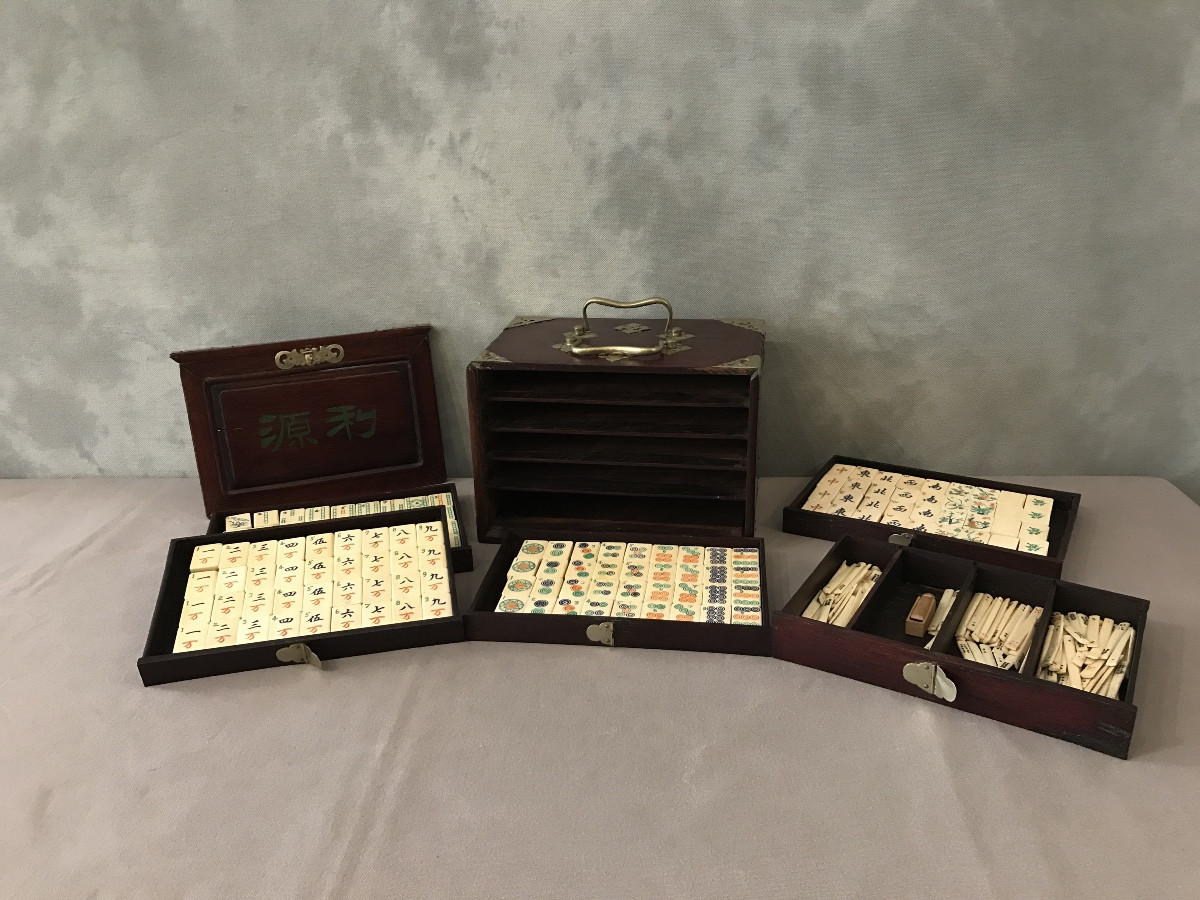
Originating in China during the Qing Dynasty (1644-1912), Mahjong’s earliest references date back to 19th-century Chinese literature, gaining popularity in Shanghai’s bustling nightlife. The name “Mahjong” (麻将) roughly translates to “sparrow’s game,” possibly alluding to the shuffling sound of the tiles or the swiftness of gameplay. Initially a pastime for Chinese elites, the game’s popularity quickly spread globally, leading to various regional adaptations like Chinese Classical, American, and Japanese Riichi Mahjong.
Beyond strategy and luck, Mahjong tiles are rich in cultural symbolism, deeply rooted in Chinese tradition. A standard 144-tile set features three basic suits: Dots (representing coins), Bamboos (representing strings of coins), and Characters (representing lots of money), all reflecting themes of economic prosperity. Honor tiles, including Wind Tiles (East, South, West, North) and Dragon Tiles (Red, Green, White), draw from natural and celestial realms.
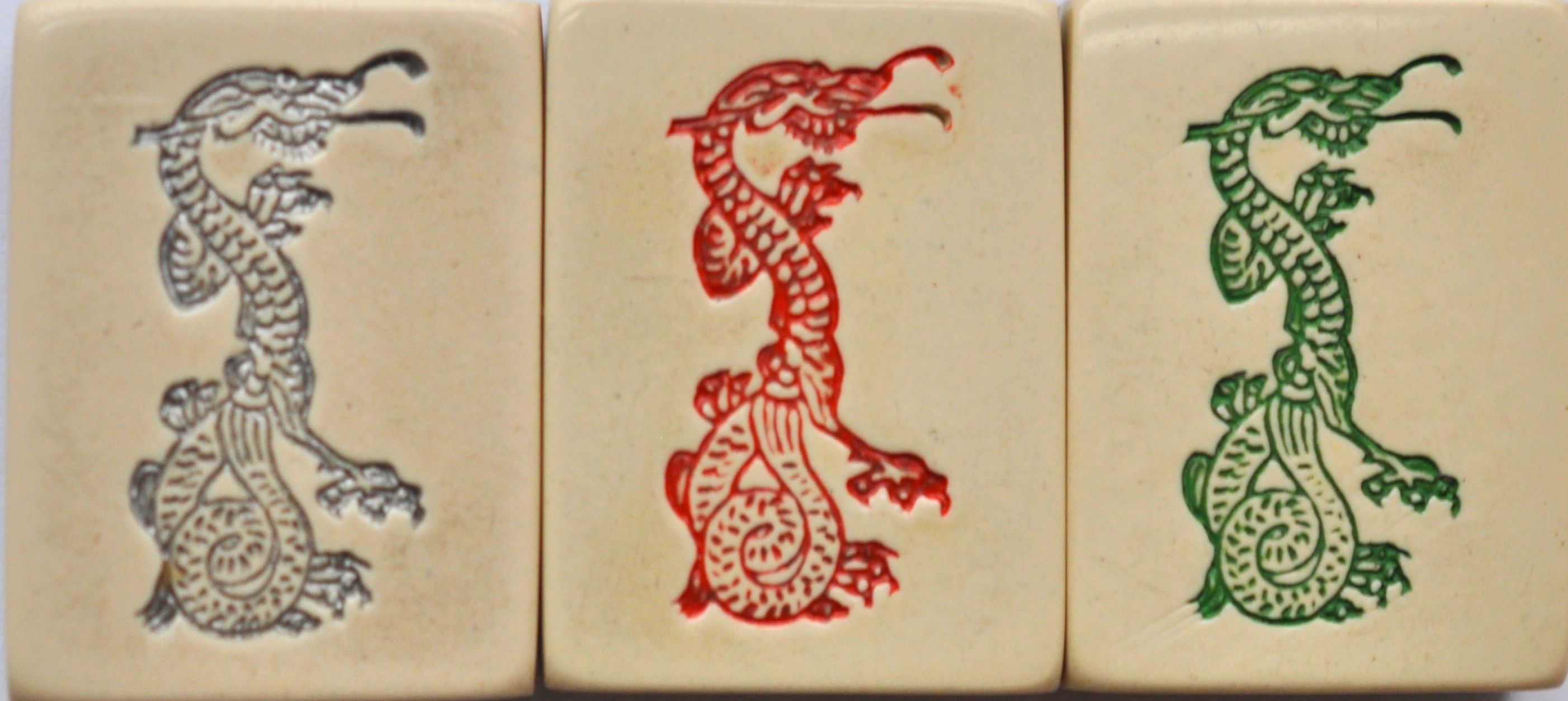
Color symbolism is also key to understanding the tiles’ deeper meanings. Red, a prominent color in Chinese culture, signifies prosperity, good luck, and benevolence. Green tiles embody sincerity, harmony, and growth, while white is associated with Confucian virtue of filial piety, freedom, or corruption. Blue tiles, representing the Winds, symbolize the sky or heavens and are linked to dignity and purity.
Mythical creatures like dragons, powerful symbols in ancient Chinese culture, are referenced in the Dragon tiles, meaning “three fundamental tiles.” The phoenix, another mythical creature often featured in Mahjong, symbolizes splendor, joy, and happiness. These creatures continue to be central to modern Chinese cultural identity and are present in contemporary Mahjong designs.
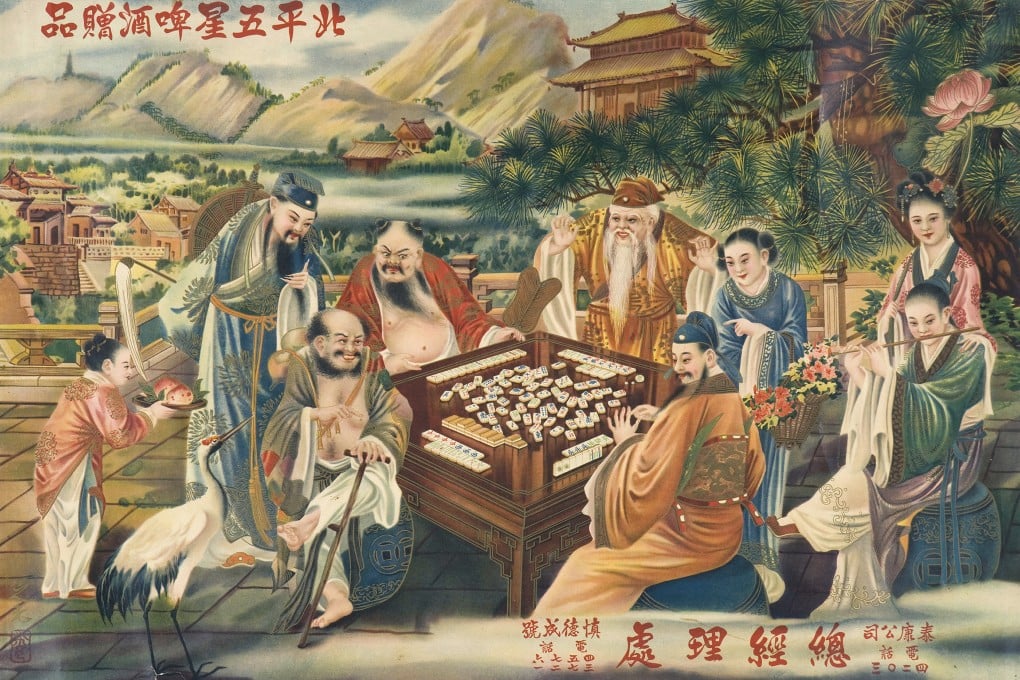
Flower and snowflake tiles introduce seasonal symbolism, connecting the game to the cyclical patterns of the natural world. These elements add a temporal dimension to gameplay, highlighting the subtle rhythms players experience during matches. Robin Parker, a mahjong host in Burlington, Vermont, notes the visual appeal of these flower tiles and how their designs resonate with players.
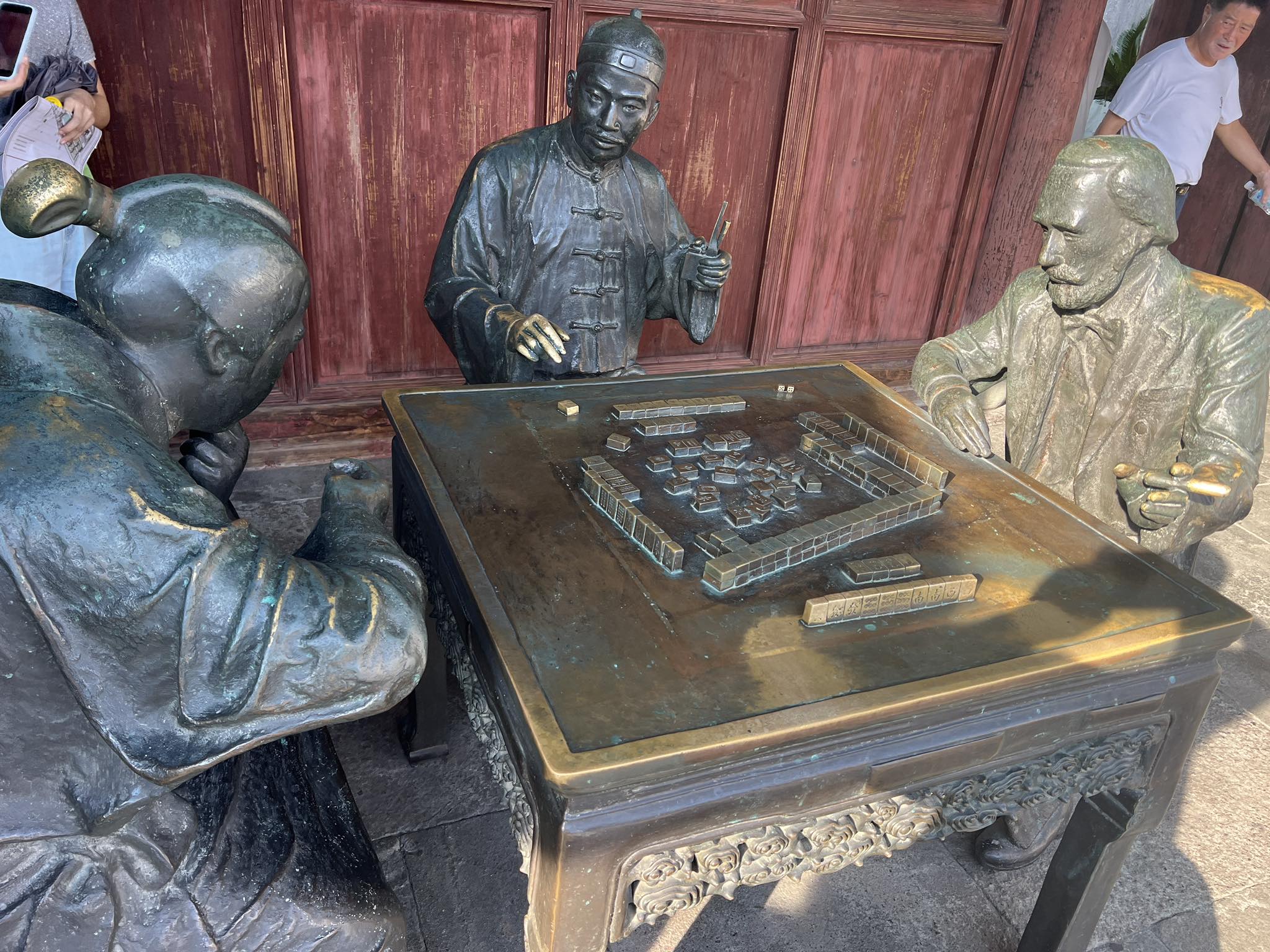
The evolution of Mahjong symbols has been influenced by cultural diversity, with different Chinese provinces incorporating local symbols and artistic traditions. Folklore and mythology from various communities also became embedded in the game, transforming Mahjong into a storytelling medium. Additionally, artistic expression and aesthetics spurred competition among designers, leading to increasingly sophisticated tile craftsmanship that continues today.
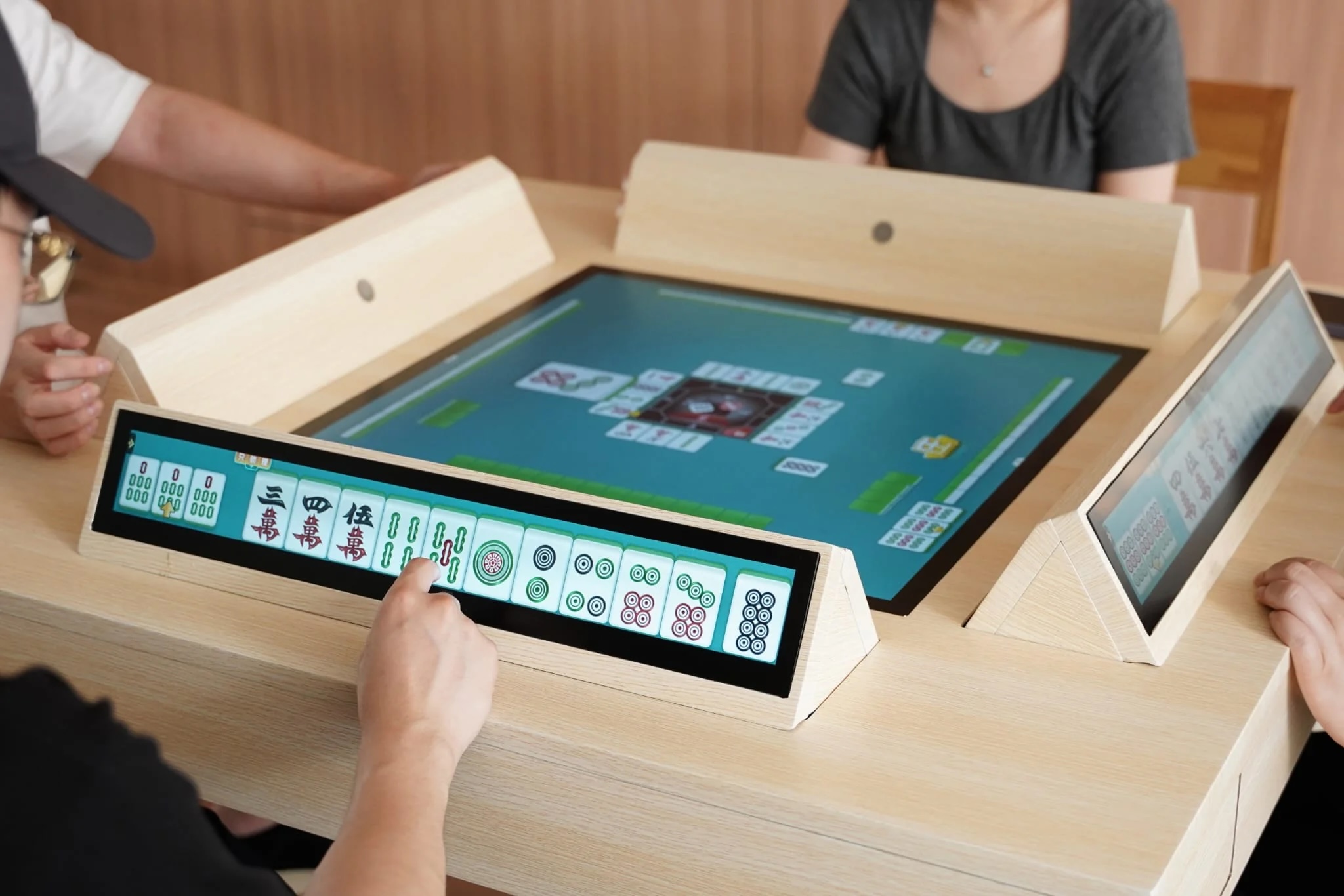
The modern resurgence of Mahjong is also addressing contemporary social needs. Sarah Teng notes that the Green Tile Social Club’s rapid growth is due to its ability to foster genuine connections in a “lonely place” like New York. This revival extends beyond casual play, with luxury hotels now hosting mahjong nights, and interior designers reporting increased requests for dedicated mahjong spaces in homes.
Cover image via Instagram/Mahjong Mistress.
